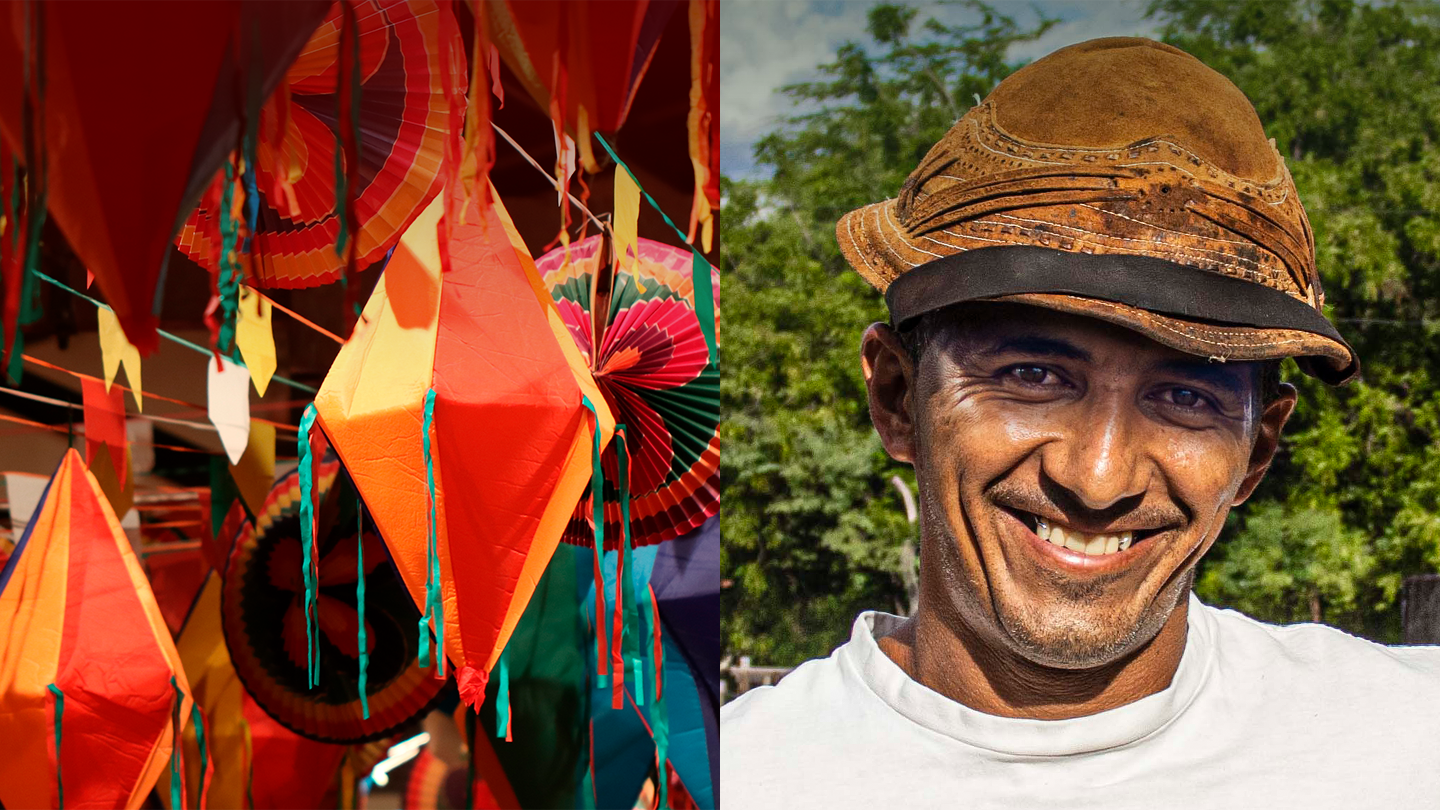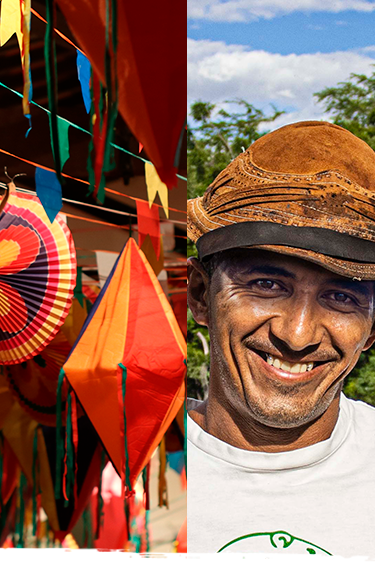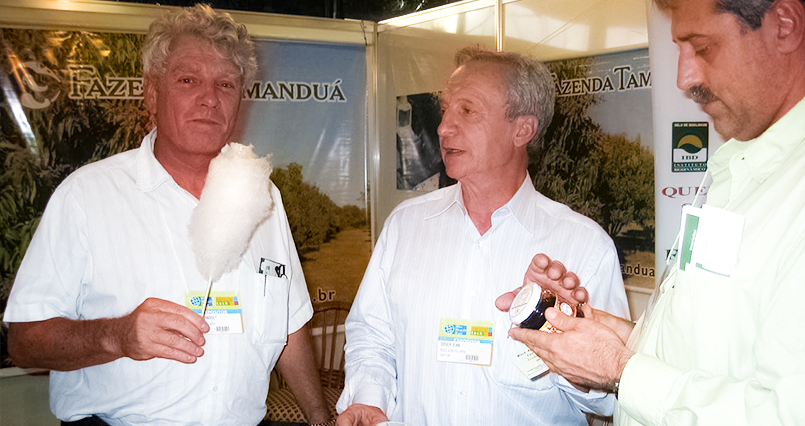The Culture at the Tamanduá Farm
I arrived in São Paulo in 1974 directly from Paris, without speaking Portuguese, and with very negative images of Brazil, or believing in stupid clichés. Life in São Paulo was not easy when I didn’t have friends or the key to enjoying this rich and bustling city yet. Fortunately, I quickly found my way to a small café-bar near Consolação, called Jogral, where I had the opportunity to immerse myself in Brazilian popular music, with artists from all over the country, each more interesting and exciting than the other, even if I didn’t understand all the lyrics. Voices, rhythms, different instruments, everything conspired to give me a taste of this culture that is unknown both in Brazil and abroad.
I purchased the collection of Marcus Pereira’s records, who had begun his career by promoting an impressive series of records about Popular Music of the Northeast, and I soon fell in love. I also discovered the Movimento Armorial, by Ariano Suassuna and Cussy de Almeida, with unforgettable songs from the Quinteto Armorial, played in particular by Antônio Nóbrega, with his rebec, an instrument resurrected from the past popular music of the Northeast. To this day, I am a fan of Antônio Carlos and the Balé Brincante that he founded in São Paulo, following his steps.
The musical program of the Museum of Art of São Paulo, the MASP, also introduced jewels from the Northeast, and I remember seeing the Banda de Pífanos de Caruarú, with members of the Biano family, who were totally at ease on stage and told detailed stories about life in the northeastern sertão, accompanied by the rhythm of the fifes.
In 1977, after going on a long initial Jeep trip through the sertão of the Northeast in search of a farm where I could plant mocó cotton, which perennial and has long fibers, synonymous with quality, I found the Tamanduá Farm, in the semiarid region of Paraíba. The first musical contact I had was with violists and singers. At the doors of the City Market of Patos, there was always a pair of musicians, and quite often a pandeiro player. When I received the title of Citizen of Patos, I invited a pair to make that moment even more cheerful. We organized night full of song at the Farm and, in particular, one that was memorable, with the great poet-improviser Ivanildo Vilanova, one of the biggest names in Northeast music. He introduced his son, Iponax, a poet and declaimer, who recovered an artform that excited the young and the old with its double-meaning verses and rhyming stories.
At the time, there was a radio show at Rádio Espinharas, at 6 am, which only played violists – it was called “Acorda, Sertão.” The day started with music and culture. An endless joy. I would rush to Serrita, PE, to attend the Missa do Vaqueiro, with the wonderful music by the Quinteto Violado, which I loved and met in concert in São Paulo.
But the cultural shock was the forró pé de serra, or traditional forró, defined and implemented in full by the amazing Luiz Gonzaga: accordion, zabumba and triangle. I had the opportunity to speak to him at the now-closed restaurant Rodeio de Boa Viagem, in Recife, and to watch him perform at the end of his life on top of a truck, in the main street of Patos, promoting the “Café Petinho, na lata!” How I miss this! With our herdsman Rúbens, a singer and triangle player, Nego Téu, a resident of the Tamanduá Farm and a zabumba player, and an accordion player from Patos, we founded the Trio Tamanduá. No event, birthday or party at the Farm was held without the famous Trio Tamanduá, which even gained international fame, and was invited to play at the Montreux Jazz Festival in 2008.
In 2007, aware of my love for forró, my Swiss friend Bernard Robert-Charrue talked to me about making a film about forró. We decided to focus on forró pé de serra, traditional, roots, with mostly known and even unknown musicians from Paraíba, such as Aleijadinho de Pombal, the Trio Tamanduá, the late Pinto do Acordeão, the Três do Nordeste, and Flávio José. We met the amazing accordion player Richard Galliano in a wattle-and-daub house on the Tamanduá Farm land. My friend Chico César did us the honor of telling the story of forró, with wonderful anecdotes and exceptional musical from in these duos, with Richard even naming the film “Paraíba, meu amor.” One of the most moving moments is the according conversation between Richard Galliano and Dominguinhos, who we met at São João de Campina Grande.
The film, screened at several international festivals, won the Golden Reel Award at the Tiburon Festival in California. Another great personality from the Northeast with whom I am friends is Alceu Valença. He was born in São Bento do Uma, PE, and is my neighbor in Olinda. The inventor of “forrock,” he would obviously please me, and I even had the joy and honor of presenting him at the Montreux Jazz Festival, pushed to the stage by its founder, Claude Nobs. Today, we have a great friendship.
In 1999, I was invited by Börries von Liebermann, the organizer of the opening events of Expo 2000 in Hannover, to choose Brazilian musicians who were somehow striking. Obviously, I looked for musicians from the Northeast, but unfortunately Antônio Nóbrega could not accept the invitation, since he had a tour scheduled. So, I invited the Orquestra Frevo Tropicália, with passistas (carnaval dancers), which was always present in my carnaval in Olinda, and the exceptional maracatu group Nação Estrela Brilhante, from Recife. Total and complete authenticity.
But, back to the Tamanduá Farm, now we have another accordion player, Jaelson, who was born and raised on the farm, where his father worked. A brilliant musician, he is always present in our events and brings joy to everyone, in the company of the zabumba player Nego Téu.
Hoje, temos uma nova página da história de amor entre a Fazenda Tamanduá e a cultura popular nordestina começando: Maria Eugênia (Tita), filha de Antônio Nóbrega, resolveu dar uma parada na Fazenda, com o seu inseparável Cabeção.
With total freedom to create, sing, rest, online or in person, she will take advantage of these pandemic times to go on a retreat on the farm, where she can commune with the life of the sertão and a different farm. A new cultural chapter begins.
Text by: Pierre Landolt
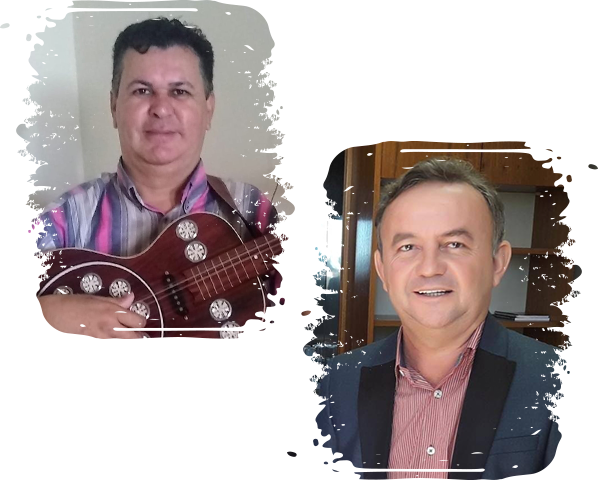
The Sung History of the Tamanduá Farm
The repentistas (improvisers) Jomaci Dantas and Antônio José made a beautiful tribute to the Tamanduá Farm and Dr. Pierre Landolt. Listen now!
Click to listen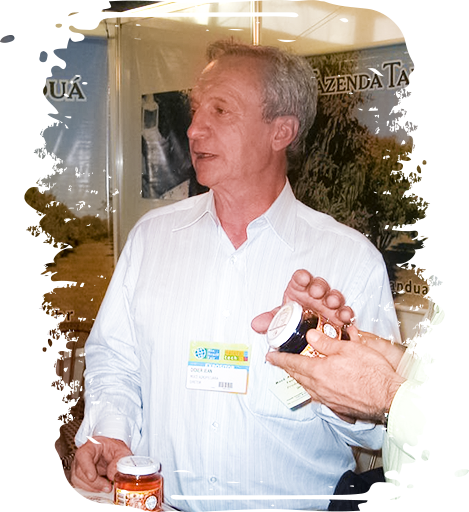
Didier Jean
There is one person we cannot forget if we want to tell the story of the Tamanduá Farm: Didier Jean, a quiet person, but who played a very important role. A Parisian architect, he came from France in 1977 to be the “savior of the herd,” as he brought ideal and updated knowledge to organize and resize the new herd of the Farm in an efficient and productive way.
click to learn more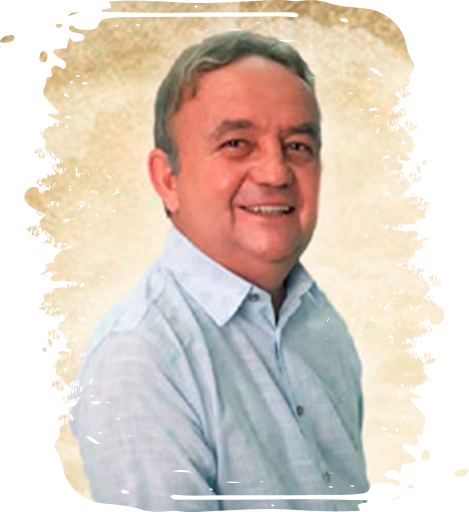
When nature and poetry meet!
With the support and encouragement of the Tamanduá Farm to the local culture, the live "Poemando um Pouco Mais" celebrated the 35 years of struggle of Jomaci Dantas for the poetry of the Northeast and his support for viola, cordel and repente. In addition to Jomaci, the event had the presence of repentistas Erivaldo Ferreira and Antônio José, three reciters and two cancioneiros (singers). Live, the artists improvised a beautiful poem and paid homage to the culture and beauty of the Tamanduá Farm. We thank the repentistas for their love for Dr. Pierre and our dear Farm!
click to learn morefestas
PESSOAS
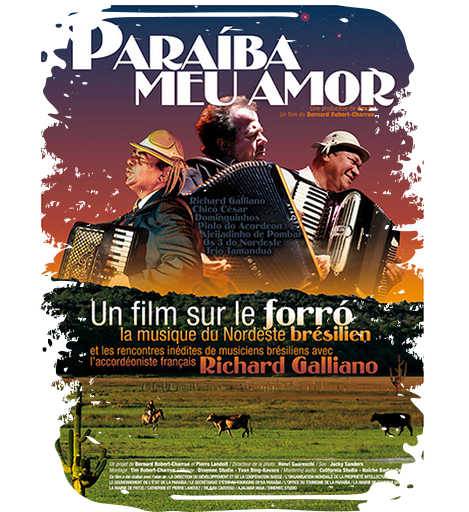
Paraíba Meu Amor
Paraíba, Meu Amor is the result of the coming together of Dominguinhos with the French accordionist Richard Galliano in the studio. The two were supposed to meet in France, but Dominguinhos doesn’t travel by plane, so Richard came to Brazil.
The documentary intersperses interviews and presentations by Chico César, born in the sertão of Paraíba, as well as Aleijadinho de Pombal, Trio Tamanduá, Pinto do Acordeon and the group Os 3 do Nordeste, among others. The film is by Swiss filmmaker Bernard Robert-Charrue, who, being close friends with Pierre Landolt, used the Tamanduá Farm as the backdrop for the film.
click to learn more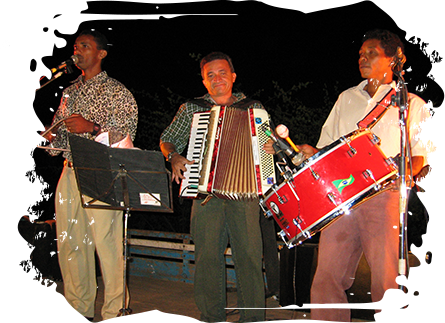
Festa Junina at the Tamanduá Farm
From June to July, the sertão of the Northeast gets dressed up with streamers, bonfires and fairs that take on the streets and churches of the agreste of Paraíba.
click to learn more
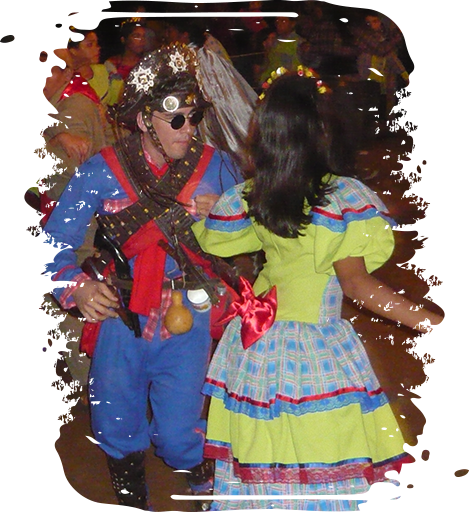
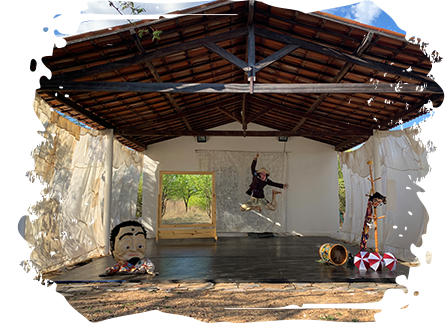
Tita
The Tamanduá Farm welcomes Maria Eugenia Tita for an artistic residency. The artist develops a scenic research based on traditional Brazilian manifestations and has settled at the Farm with the purpose of creating audiovisual artistic and pedagogical contents. Sharing Brazilian rhythms and dances, she uses the poetic scenery of the sertão to convey the singularities of the local culture and landscape. Maria Eugenia also carried out artistic works with young residents of the farm, joining their involvement with forró to new artistic references.

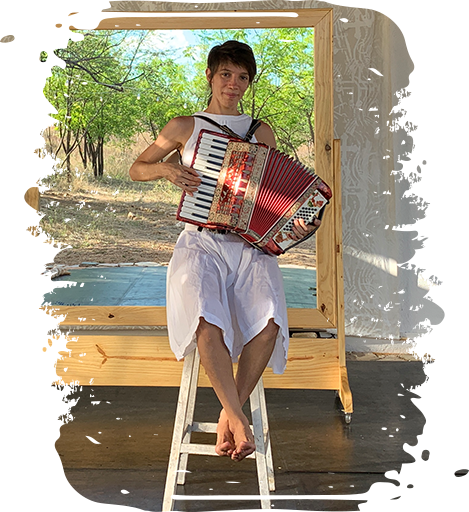
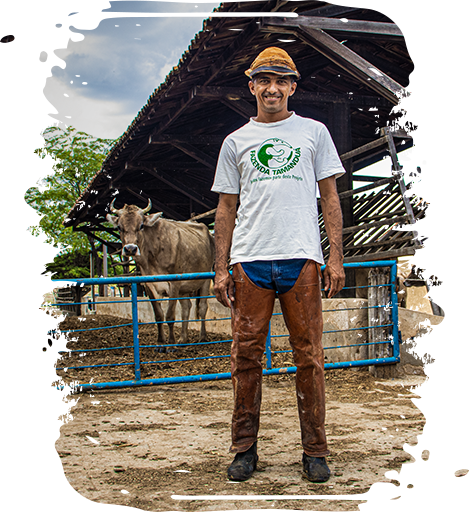
Dudu Vaqueiro
It was by observing and admiring the work of his father and the other herdsmen at the Tamanduá Farm that José Carlos de Brito Morais, Dudu, at 6 or 7 years old, decided what he wanted to be when he grew up: a Herdsman. As a young man he started helping to take care of the cattle and riding, developing a loving relationship with the animals.
He left the farm for 3 years and went to try his luck in the city working as a house painter. But his passion for animals and affective memory made him return 3 years later. Dudu loves his job and says that the only thing that saddens him is when one of the animals gets sick. So, together with the veterinarians, he monitors all treatments until everything is fine. Married to Silvana, who also grew up on the farm, they have two children, João Carlos and Maria Eduarda.
More than a profession, Dudu knows that being a vaqueiro – a herdsman – is part of the identity of sertanejos, and that his work immortalizes his father’s memory and continues one of the most important symbols of the semiarid and the culture of the Northeast.
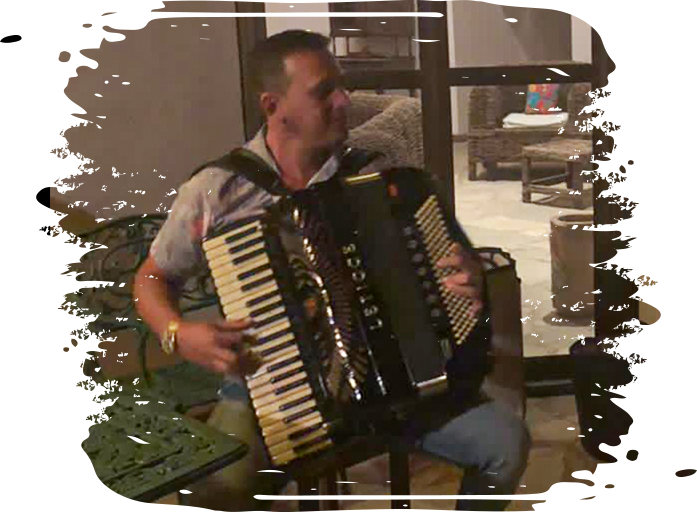
Jaelson A Sanfona Mágica
Jaelson arrived at the farm at the age of 9 and soon got a bicycle from his mother. However, his passion was music. One day, his brother traded his bicycle for a keyboard. From then on, he started playing and never stopped, always with the support of the Tamanduá Farm and Dr. Pierre. At the age of 15, he was invited to play in a band and, upon arrival, had to replace the accordion player who was ill. It was at that moment that Jaelson’s interest in the accordion and the harmonica were born. Jaelson is a professional musician and, to this day, he plays the accordion and helps to preserve the culture of the Northeast.
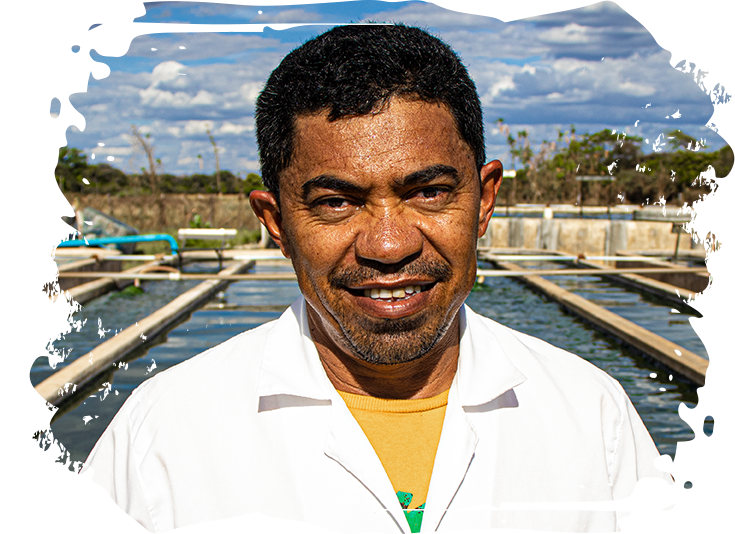
Lúcio da Spirulina
Lúcio de Brito Morais is 46 years old and has been working in the fields since he was 15 years old. Son of a herdsman, Lúcio knows the Tamanduá Farm like the back of his hand. Raised on the farm, he has worked in various activities, such as irrigating mangoes and melons and dehydrating fruits. Today, Lúcio is responsible for one of the most important projects within the farm: the cultivation and production of Spirulina, which makes him proud and happy to be one of the experts in the technique in the country. Married to Marta, who also grew up on the farm, he has 3 children: Fábio, Lucas and Fernanda.

